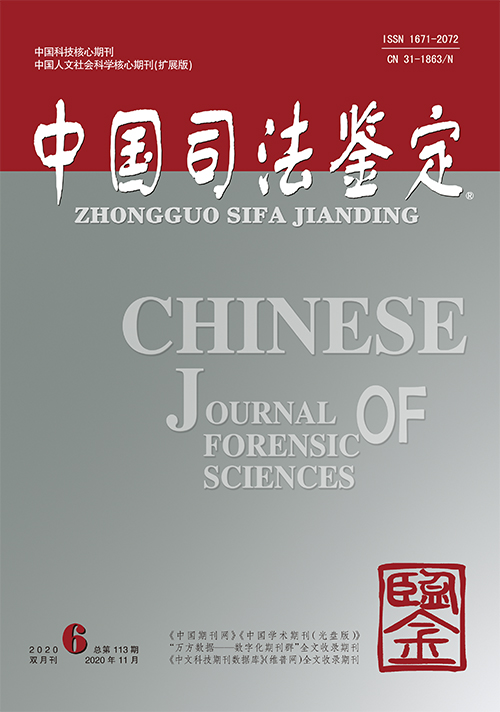|
|
Study of the Genetic Polymorphism of 20 Autosomal STR Loci in Yi Population in Honghe Region of Yunnan Province
WEI Wei, YANG Jie, XU Chongchong, LU Xiaoxiao, YUAN Xiaokun, YANG Shuo, ZHANG Shouxun, XIA Sheng, LI Kuan, LIAN Xinqing, ZHONG Shurong,
2023(3):
78-85.
DOI: 10.3969/j.issn.1671-2072.2023.03.011
Objective To investigate the genetic polymorphism of 20 autosome STR loci in the Yi population in Honghe, Yunnan, and analyze the genetic relationship between the Yi people in Honghe, Yunnan and other populations, so as to provide basic data for forensic identification and population genetics research. Methods 2 342 unrelated healthy Yi individuals in Honghe region of Yunnan Province were investigated.The Chelex-100 method was used to extract DNA. The PowerPlex21 System reagent kit was used for PCR multiplex amplification. The PCR multiplex amplification products were separated by capillary electrophoresis using ABI 3130XL automatic genetic analyzer, and STR typing was performed using GeneMapper ID-X 1.5 software. The Modified-Powerstats software was used to count the forensic parameters such as allele frequency and matching probability, and the Hardy Weinberg balance test was performed. Using Arlequin software to calculate Fst and P values. Phylip software was used to calculate Nei’s Genetic distance, and SPSS software was used for multidimensional scaling analysis. Using Mega software to construct phylogenetic tree. Results 318 alleles and 1 314 genotypes were observed for all the 20 loci. All of the loci were in Hardy-Weinberg equilibrium (P>0.05/20=0.002 5). The values for the cumulative discrimination power (CDP) and the cumulative probability of exclusion (CPE) of all the 20 STR loci were 0.999 999 999 999 999 999 999 999 729 502 and 0.999 999 994 995 179, respectively. The Fst values, Nei’s Genetic distance and the results of the phylogenetic tree all suggested that the genetic distances between Yunnan Honghe Yi population and Guangxi Yi population, Yunnan Vietnam population and Yunnan Va population were relatively far. Conclusion The results demonstrated that these 20 STR loci were highly polymorphic and informative in Honghe Yi population and could be applied in forensic identification and population genetics research.
Related Articles |
Metrics
|

